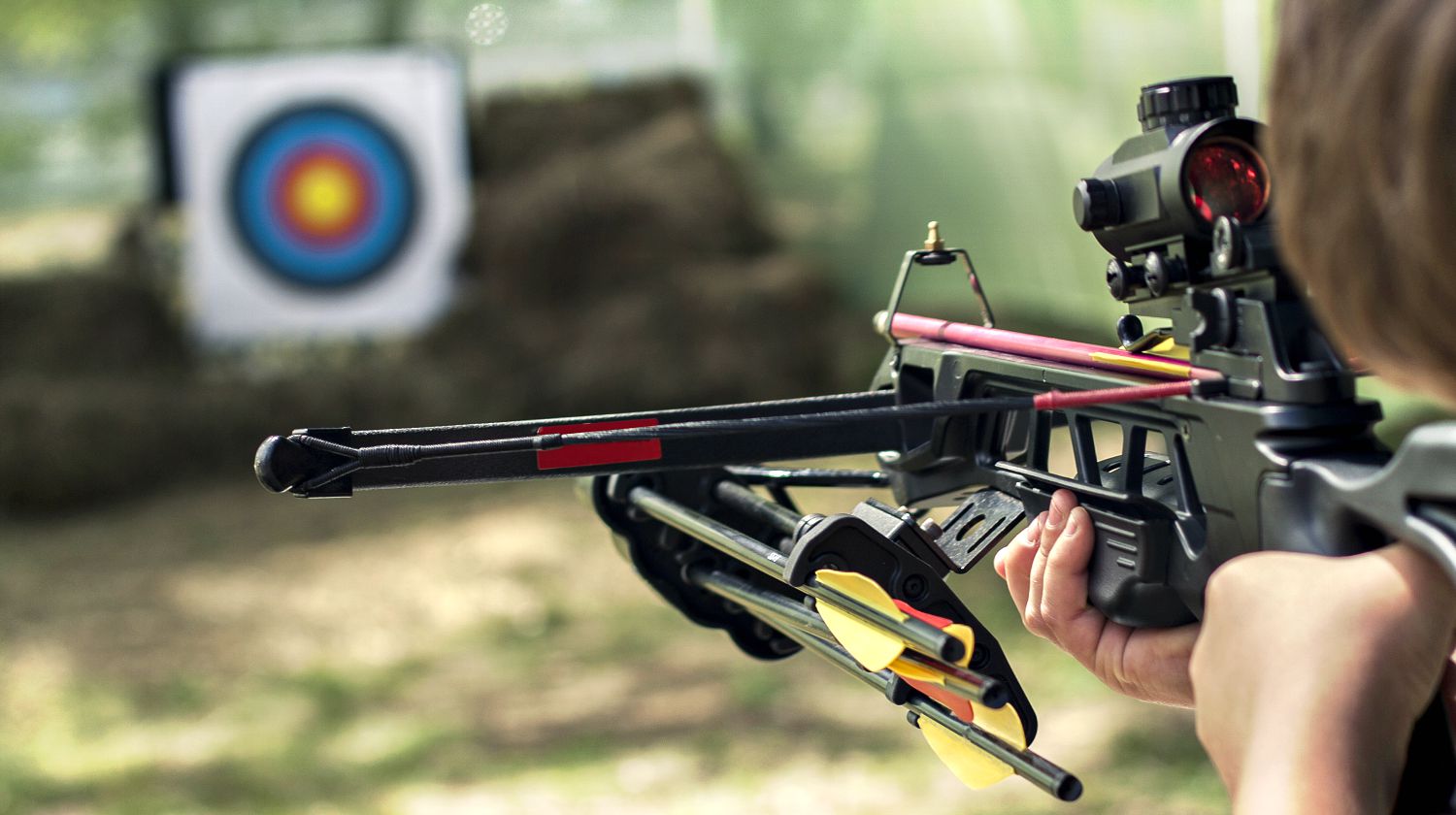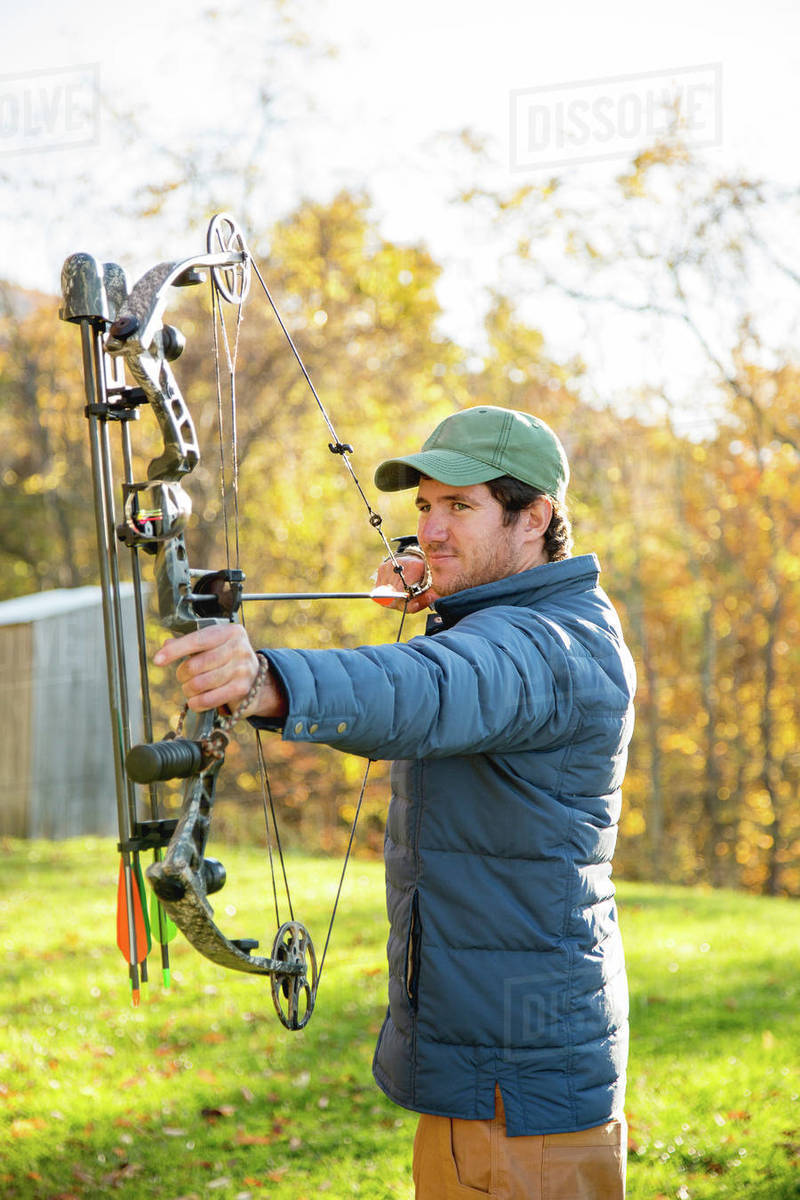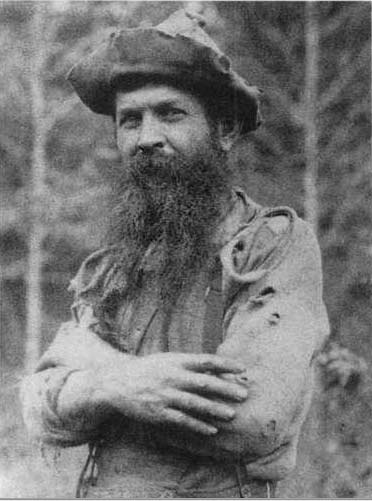
A great way to start food plots is to plant cover crops in your garden before and after harvest. Cover crops extract nutrients from the soil making them the ideal companion for late season vegetables. Cover crops can be combined with a variety of clovers and mixes to make a more appealing food plot. Here are some examples. All of these foods taste great for wildlife. These foods can be incorporated into more complicated food plots to ensure that animals thrive.
Soybeans
Soybean is a perennial favorite of deer and makes an excellent late season food plot. Soybeans attract the most deer, no matter when they are planted. In fact, deer prefer soybean food plots over most other crops because it is a low-maintenance crop that is easy to grow. Soybeans can survive for over 10 months once they are planted and can provide excellent forage.
Brassicas
Brassicas should be planted in late-season food plots because they grow rapidly and provide high leafy biomass, shading out the plants around them. Early season plots are less prone to weed pressure so grazing may be an option. However, grass-selective hericides may also prove to be effective. This should only be used on plants that are still growing. It is important to rotate the plots at least every two years after harvest.

Perennials
Perennials are a great choice for food plots. Perennials will protect the soil from damage caused by annual plants. In addition, they will help stabilize the soil. Perennials are also cheaper than annuals. Perennials can also be planted in smaller areas and clearings. Be aware of large trees and other valuable timber in the area when choosing perennials. Also, be mindful of mast-producing plants.
Turnips
Planting late season turnips for food plots can be one of the best ideas you can put into practice. While these vegetables are delicious and nutritious to human consumers, deer do not always appreciate the taste. They are bitter in flavor but provide essential nutrition to deer. Turnips are great for deer attraction and retention. This video will show you how to plant these roots.
Radishes
Planting late-season radishes in food plots can be done by blending them with other brassicas. This will increase your plot's diversity and provide nutrients. Before you plant, do a soil analysis and take an average of it. The area should be cleared of all weeds, and fertilized and limed as needed.
Oats
Planting oats in the spring after the end of summer is one way to increase deer meat in late-season oats food plots. These grazing plants can grow rapidly in troughs that are less than one-half inches deep. They can be harvested in late spring and then die in the autumn. Oats are able to survive the winter, unlike some other crops. During this time, oats seed is available from many seed companies.

Winter wheat
Fall is a good time to plant winter grain. It can be planted as early as autumn, but it can grow well through the winter and into early spring. This crop can also be planted in any part of the country. Its seeds are rich in protein and easy to digest by wildlife. It is one of the favorite foods of deer, especially in the winter, and its seed heads provide abundant energy. Winter wheat is an excellent choice for late season food plots.
Rye
If you're looking to add more protein and carbohydrates to your deer plot, rye is a great option. It grows from three to five feet tall, and is an annual grass. Rye is a good choice for late season food plots. It can also be planted with cool season species to get a greater effect. It can also be blended with other cereal grains to improve its palatability and nutritional value. Rye is also very digestible by deer, making them a great late-season food plot.
FAQ
What kind of training do I need to become a hunter? How long does it take?
You must take a basic course to learn how to hunt. This course covers the basics of hunting, as well as information on the laws.
You will be taught how to safely handle ammunition and firearms. These instructions will help you safely use them.
This course can take anywhere from two to three weeks. Some courses are offered online. Other courses are available in person.
Passing a written test is necessary to obtain a license. You may also need to show that you have completed a hunter education course.
How much does it cost to get licensed? What if there isn't enough money?
The cost to get licensed depends on where you live. It costs anywhere from $20 up to more than $100.
You might be eligible to apply for a loan/grant if you don’t have enough money.
To pay the tag fee, you must also pay the fee. You can choose the type of game that you want to hunt and how much it will cost. Tag prices vary.
You can get tags for deer and elk, bear, bison, moose, waterfowls, upland birds, and furbearers such as foxes.
Some states require you to register with the Department of Natural Resources before you can obtain a license.
Before you go out hunting, make sure you check all local regulations.
Why do most hunters in modern America hunt?
Hunting is a popular activity for both men and women. Hunting is an extremely skillful and dedicated sport. Hunting isn't just for shooters and gun enthusiasts. People love the outdoors and are attracted to it because of their love for nature. They enjoy being in the woods alone, learning about wildlife, and spending time in solitude.
Hunting is a great activity to have fun with your family and friends. It also helps you develop valuable skills like patience, teamwork, and self-reliance.
Hunters often find themselves enjoying the outdoors more after they have hunted. This is why so many hunters choose to pursue this hobby.
Many people enjoy hunting because they believe that it will help them get closer to nature. Hunting offers a rare opportunity to see wildlife close up. It allows you interact with wild animal without disturbing their natural habitat.
Hunting also gives people a chance to practice their aim and sharpen their skills. When you first start, it may take some time before you can hit your target. But with practice, you will eventually develop your style of shooting.
Hunting can also be a way for people to keep fit and healthy. Hunting is one of the best ways to keep yourself physically active. To find your prey you'll need to hike long distances, climb trees, and sometimes even walk a lot. This can increase your heart beat and provide a lot of calories.
Hunting is also a great way to get some fresh air. You can feel relaxed from the smell of gunpowder.
Hunting is also a good way to bond with your family. The hunt can also be shared by family members as a way to tell stories and share experiences. They can also share their experiences during hunts and teach each other new techniques.
Hunting is fun! Nothing is better than going out into the wild and getting away from the city.
There are many opportunities to become a hunter. You don't need to be wealthy to enjoy this hobby. You don't even require any special equipment. All you need are a desire and willingness to learn new things.
You can join your local club or look online for information about hunting.
What is the most important aspect of hunting animals
How do we get there We start by learning how to shoot accurately. Then we must learn to hit our target. We must also learn to adjust when we miss our target.
Hunting is only possible if you know what you're doing. You won't improve if you don't understand what you are doing. Although you might believe you have improved your shots because you are better, if you don't know how to do it before, these shots won't matter. The same applies to hitting targets. If you don't understand why you're missing, you'll never improve. This means that it is essential to understand what your goal is.
This is where knowledge comes into play. Your ability to hunt is dependent on your knowledge of the animal that you're hunting. While out in the natural world, it is important that you learn everything you can about any animal you encounter. It is important to understand their habits, behaviors, and personalities. You will be able to plan your hunts efficiently and smoothly.
You should always try to learn from others who have been successful in the past. There are many books out there on the subject. In addition, there are websites like www.thehuntingzone.com that offer great tips and advice. Finally, you have people who have years and years of experience. They can help identify the best and worst practices.
Once you are confident in your knowledge, you can start to practice. Practice makes perfect. However, you shouldn't just practice until you feel good. Instead, you should practice until your confidence grows. Confidence allows one to relax and enjoy each step. Relaxation helps you concentrate on the task at hand. Concentration allows for you to make the most of every opportunity. Opportunities are only available when you're calm and focused.
It's time for you to test your new skills. If you fail, don't be discouraged. You can keep improving and practicing. Eventually, you'll find success.
How much does hunting cost?
The price of a hunting trip varies depending on where you live, the type of wildlife you plan to target, and the size of the animal you intend to kill.
Generally speaking, the average price for a two-person hunting party ranges between $500-$1,000 per person. This includes accommodation, food as well as equipment, licenses and gas.
Some areas are more expensive than others. If you plan to hunt during peak seasons, such as fall turkey season, expect to pay even more.
Which state has the most deer hunters?
Wyoming is the state with the highest number of deer hunters. It also has the highest number of hunting licenses sold annually.
South Dakota is the state that has the second highest number of deer hunters. It is ranked third for the annual number of hunting permits sold.
New Hampshire is the state that has the lowest number deer hunters. It is the least populous state in terms of hunting licenses per capita.
How many people rifle hunt in the US?
There are approximately 2 million hunters who hunt deer, elk or moose with their rifles.
Most of these hunters come from rural regions and are male.
They hunt alone using either a bow and crossbow.
The most popular hunter is whitetail deer (68%), followed by mule and black deer (13%) and bears (10%)
While there aren't any national statistics on how many women hunt this sport, evidence indicates that the numbers of female hunters is increasing.
What are the benefits of hunting?
Hunting is an ancient practice that many cultures across the globe have continued to do. It was used to hunt for food, shelter, clothes, medicines, and other purposes. In modern times, people still hunt for sport, but also for food and recreation. The meat from hunted animals is often eaten immediately after killing, while the skin, fur, feathers, bones, antlers, horns, teeth, hooves, and other parts may be sold as trophies.
Hunting is not only a way you eat, but it's also a way you live.
Because they hunt together, hunters have strong family bonds and close friendships. They share stories and memories at campfires and over meals.
Hunters enjoy nature and wildlife, which helps them appreciate life on Earth.
When they take care of wild animals, they learn respect and responsibility.
Conservation is a way for hunters to become better citizens. They protect habitats as well as species. They are aware of how much land and water is needed to survive.
Hunters are part a larger community. Their families are dependent on them. They are there for each other. They support local businesses.
Hunters can also give back. Many donate money to organizations that help children, elderly people, veterans, and other groups.
Hunters have the option to volunteer their time to help others in need. You might see them volunteering with the Red Cross or Humane Society.
Statistics
- In less than 20 years, Rhode Island saw a 40% drop in the number of hunting licenses for residents, according to The Valley Breeze. (stacker.com)
- According to the Wildlife Restoration Act, passed in 1937, most of the state conservation efforts are funded through hunting and fishing license sales and firearms sales. (stacker.com)
- Licenses dropped from a peak of roughly 17 million in the 1980s to 15 million in 2019, according to The Seattle Times. (stacker.com)
- Indiana, for example, saw a 28% jump in turkey license sales during the first week of the season. (stacker.com)
External Links
How To
How to make a Deer Blind
A deer-blind is a type de hunting device used to hide game animals like deer, elk, etc. It usually consists of an enclosed area made of wood or canvas that is covered with branches, leaves, and sometimes covered with leaves. The hunter hides inside the enclosure and waits for the animal to pass by. When hunting at nights, the hunter will often use a deerblind.
There are many sizes and shapes of deer blinds. Some are portable while some are permanent. They are typically constructed out of materials like plywood, cardboard, plastic, canvas, or metal.
The most common type of deer blinds is box blinds (also known as box stands). These blinds consist of a box made of wood with walls and a roof. Boxes are very popular because they are easy to construct and transport.
A tree stand, another type deer blind, is also available. Tree stands are designed to look natural so that no one would suspect they were there. Most tree stands are permanently attached to trees.
Ground blinds, similar to tree-stands but built into the ground, are another option. Ground blinds can often be disguised with dirt, rocks, sand, or grass. Ground blinds also sometimes go by the name "ground boxes".
There are several different ways to hunt with a deer blind. The first is to wait for the animal, then sit still. Moving around can be used to scare the animal off. If this is your preferred method, keep quiet and don’t move too often. This could lead to an animal believing you are a threat and running off.
You will need to locate a spot where you can use the blind. It is important to choose a location where the wind doesn't blow your scent towards the animal. Avoid hiking areas.
Also, ensure you understand how to set up a deer blind. The last thing you want is for the animal see you and run.